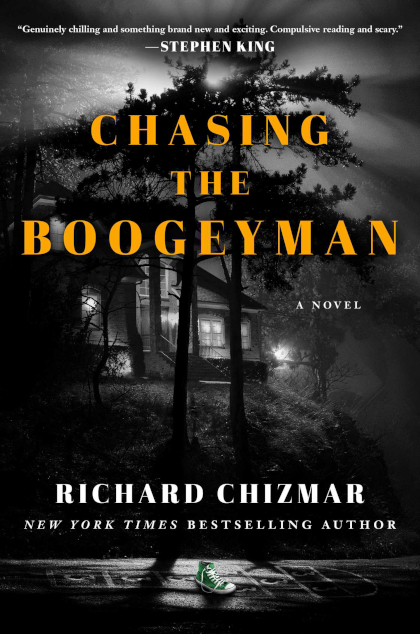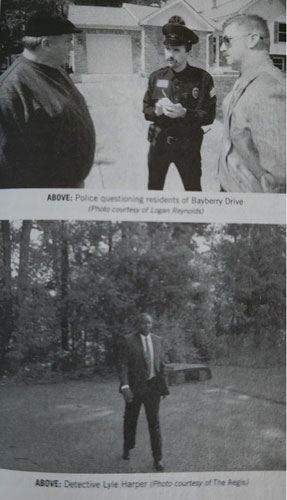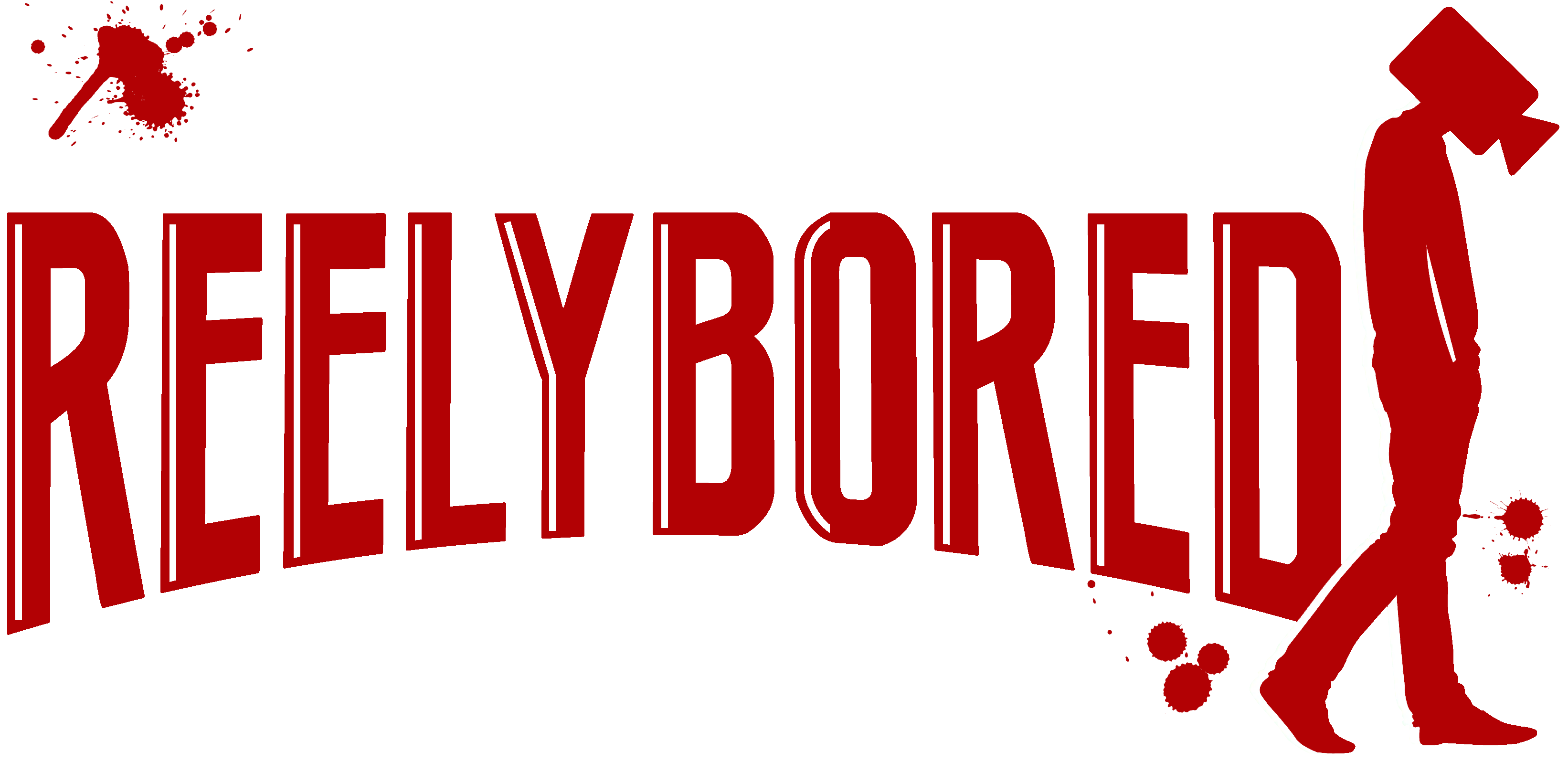
In the summer of 1988, the mutilated bodies of several missing girls begin to turn up in a small Maryland town. The grisly evidence leads police to the terrifying assumption that a serial killer is on the loose in the quiet suburb. But soon a rumor begins to spread that the evil stalking local teens is not entirely human. Law enforcement, as well as members of the FBI, are certain that the killer is a living, breathing madman—and he’s playing games with them. For a once peaceful community trapped in the depths of paranoia and suspicion, it feels like a nightmare that will never end.
Recent college graduate Richard Chizmar returns to his hometown just as a curfew is enacted and a neighborhood watch is formed. Amid preparing for his wedding and embarking on a writing career, he soon finds himself thrust into a real-life horror story. Inspired by the terrifying events, Richard writes a personal account of the serial killer’s reign of terror, unaware that these events will continue to haunt him for years to come.
Chasing the Boogeyman Review
Richard Chizmar is an author I am familiar with – not because I have read his work but, instead, because of his role with the Cemetery Dance Publications and his relationship with the King, Stephen, that is. I did read and review his impressive “found footage”-type book, Widow’s Peak. I am also familiar with his novel Gwendolyn’s Box – again because of its affiliation with Stephen King, but not even that relationship was enough to garner any interest on my part. Then, there is Chasing the Boogeyman.
As far back as I can remember, I have always associated the Boogeyman with the Shape, AKA Michael Myers, of the classic 1978 film, Halloween. And no, I did not think for one second that this book was about Dr. Sam Loomis and his seemingly never-ending quest to stop the Boogeyman, although I love that idea. I have no doubt that such a story already exists in the land of fan fiction. Regardless, the title of the book captured my fancy.
In Chasing the Boogeyman, recent college graduate, Richard Chizmar, returns to his hometown where a serial killer, the Boogeyman, enacts a terror that has the town of Edgewood in its grips. Richard soon finds himself entwined in the chaos. My first impression when I started reading was the insanity that the author was actually involved in a true crime case. I was intrigued and, I admit, a little startled. I can only imagine that being a part of something so horrific is traumatizing. However, at the very beginning of the book, Chizmar divulges that Chasing the Boogeyman is indeed a work of fiction. Mystery solved. So, yes, for those inclined to pick this book up with the notion that it is a true crime tale, take note that this is not that book and this is, indeed, a work of fiction. The book is written in a way that suggests that the event did actually occur very much in the way a faux documentary plays out or a found footage film that claims, What you are about to see actually happened. Still, I would be lying if I did not feel foolish because written on the cover are the tell-tale obvious words that this is not based on anything real. Those words being, A Novel. To be fair, they were underneath the title in a much, much smaller font (yes, I am only trying to make myself feel better for my foolishness).
Despite it being a work of fiction, that is not to say that this is a bad book. On the contrary, it is written in such a way, in first-person (for the most part) that almost leads me to believe that I truly am reading a personal account of the author. There were, however, a few instances when that line between fact and fiction was more apparent, especially when Chizmar, just fresh out of college, became an essential part of the story and heavily involved in the investigation. It was at this point that the fiction became more evident and turned into a classic whodunnit. Again, this is not to say that it takes away from the book, but it does take away from that feeling of reality.

I am a big true crime fan, so when the lines were no longer blurred, I was disappointed. I wanted to turn that last page, close the book, and still question whether or not this was real or made up. I wanted to jump onto Google and learn more about the killings, the characters, the victims, the suspects, the subsequent trial, and its results. But, alas, it was all a product of the author’s mind, so when I finished the book, there was nothing else to seek out, nor was there anything else left to discuss. I was impressed by Chizmar’s writing, and he was able to paint a vivid image in my mind of his town in my mind. It was an image that was both beautiful and horrifying in small-town America.
Chasing the Boogeyman was a good read, however, it left me feeling unsatisfied. The reveal of the boogeyman was rather anticlimactic and left me wanting more. The character of the boogeyman was portrayed similarly to the Shape, Michael Myers, in that it didn’t talk or make any noises where a normal human would react to pain being inflicted with pain. Are we dealing with something supernatural? I won’t spoil it for you.
“…there was nothing left; no reason, no conscience, no understanding in even the most rudimentary sense of life or death, of good or evil, right or wrong.”
Sam Loomis, Halloween 1978
This quote immediately popped into my head when reading a few of the scenes with the boogeyman, and I could not help but think that Chizmar drew upon Michael Myers as a sort of muse or inspiration when trying to flesh out his character of the boogeyman. He even makes a reference to this character in the book. While I would have wanted to like this a lot more as there was a lot of promise, the ending fell a little short for me, but, that’s just my opinion.
